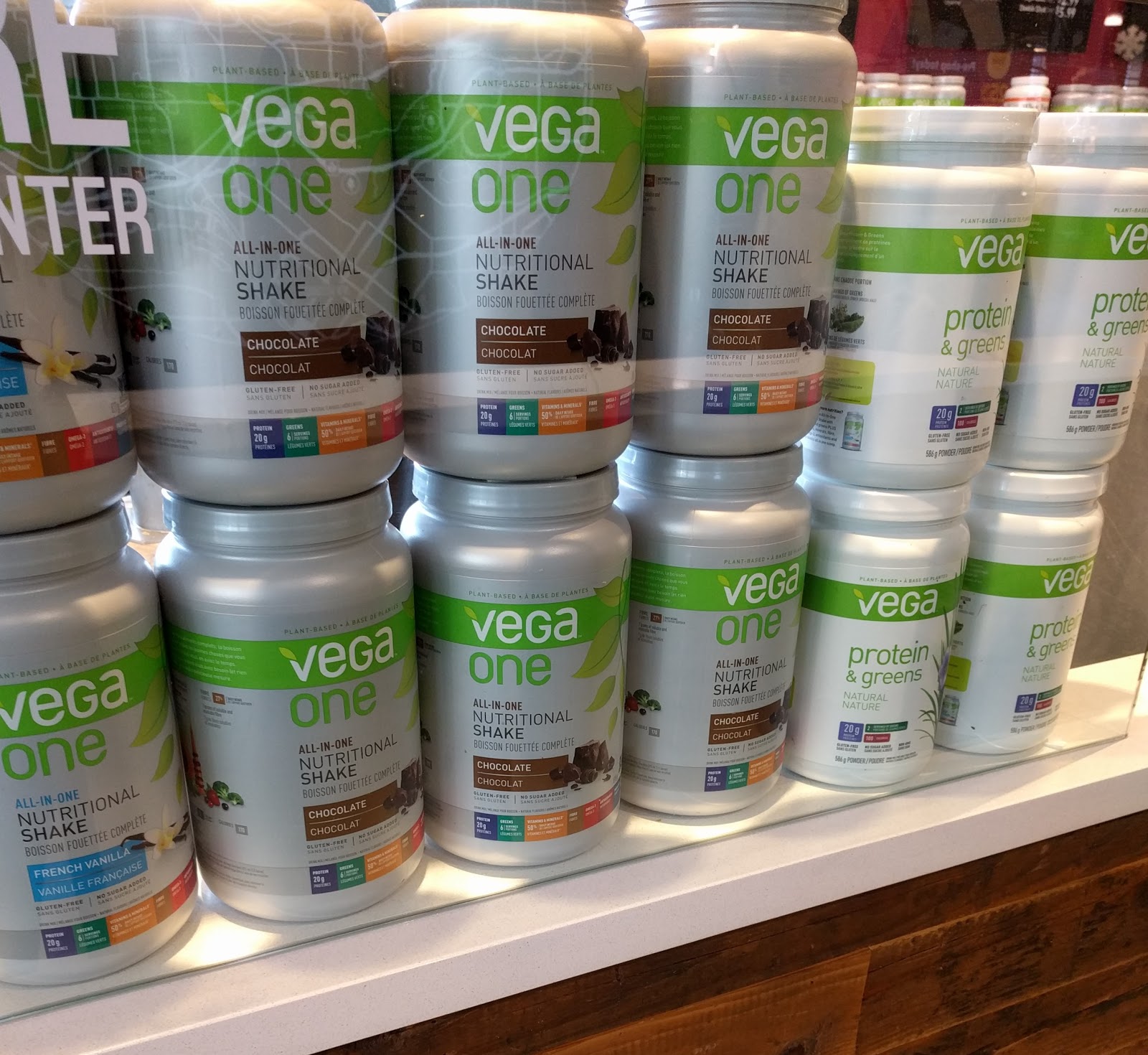
Shipping vitamins and supplements to Latin America offers countless opportunities for U.S. e-commerce retailers to expand their customer base. Worldwide, the dietary supplement market is projected to grow nearly 10% every year, with annual sales anticipated at $278 billion by 2024. While the U.S. is the top-spending market in this category for now, much of the market growth is expected to come from developing regions like Latin America.
These high expectations of Latin America and the Caribbean have emerged as the region continues to bounce back from the 2008 financial crisis. As the middle class keeps expanding and adopts healthier habits, more companies will be shipping vitamins and supplements to Latin America to meet the demand.
Let’s explore the challenges and opportunities available in the region for vitamin and supplement retailers and specific factors to consider when shipping these items internationally.
The Dietary Supplement Market in Latin America

Economic and cultural changes in the region are greatly impacting the vitamins and supplements market. With Latin America’s ever-growing middle classes come disposable incomes to spend on non-necessities like dietary supplements. These economic shifts are also resulting in cultural changes. According to the 2017 Edelman Earned Brand Study, consumers in Latin America are increasingly likely to:
-
Demand food that’s healthier and less sugar-laden
-
Ask for transparency when it comes to ingredients
-
Purchase from companies that take a stand on things like the environment and health
These trends show regional consumers’ increasing concern for their health and wellbeing - a concern that vitamin and dietary supplement retailers can capitalize on. While the overall health of the Latin American population has improved, the region is experiencing three trends that represent opportunities for shipping vitamins and supplements to Latin America, including a rise in chronic diseases, growing geriatric populations, and increasingly active lifestyles.
-
Chronic Conditions
Vitamins and dietary supplements are often used with the chronically ill. Latin America has a proportionally high incidence of “malnutrition, vitamin A deficiency, anemia, and stunting” and many organizations in the private and public sectors are turning toward supplements to help treat these chronic problems.
Furthermore, the region is experiencing an epidemic of overweight and obesity. In Mexico alone, the percentage of obese adults has tripled between 1980 and 2016 from 7% to over 20%. In Latin America overall, “7 percent of children under the age of five are overweight and 20 percent of adults in 24 countries are obese,” according to the UN Food and Agricultural Organization (FAO). As a result, Latin America is one of the fastest growing markets for weight loss supplements in the world.
-
Geriatric Populations
Like the U.S. and Europe, much of Latin America is aging. In fact, according to Dr. Carmen Garcia Peña, “27 countries in the Americas will have a greater proportion of older people than children under 15 by 2060."
With an aging population comes unique dietary needs that supplements can help meet. The National Institute on Aging says that people over age 50 may need supplements to help them get enough calcium, vitamin D, vitamin B6, and vitamin B12.
-
Active Lifestyles: Fitness and Bodybuilding
With more disposable income to spend, many Latin Americans are turning to fitness and bodybuilding. While only 5% of Latin Americans belong to a fitness center, there has been growth in this area across the region. Of all countries, it probably comes as no surprise that Brazil, which is the largest nation in the region and has a very fitness-conscious population, leads the way with over 8 million gym-goers.
As more people turn to gyms throughout Latin America, they’re also looking to supplements to improve their workouts. One of the largest areas of growth is the whey protein market. This market is expected to grow annually at nearly 7% over the next five years. The broader “sports nutrition segment is projected to witness the fastest CAGR [Compound Annual Growth Rate] of 9.7% over the forecast period,” according to Grand View Research.
High-Growth Dietary Supplement Markets in Latin America
While Latin America as a whole has a growing taste for vitamins and dietary supplements, different countries throughout the region present unique opportunities for retailers. Four of the top markets for retailers who are shipping vitamins and supplements to Latin America include Brazil, Mexico, Argentina, and Colombia. These nations represent some of the largest economies and populations in the region.
Brazil
In Brazil, the middle class is comprised of about 113 million people—the majority of the population. As a result, Brazilians have significant spending power which they’re increasingly using to get healthier. The Brazilian government is even running campaigns to promote the values of healthy lifestyles, which is helping the dietary supplement market.

In 2016, Brazil was the top importer of vitamins in South America by a landslide, with $184.8 million of vitamin products shipped to Brazil—over three times as much as the next closest country, Colombia. The top-selling vitamins in the country in 2017 were multi-vitamins and vitamin C.
The most popular dietary supplements in Brazil include fish oil/omega fatty acids, which are widely-used among consumers and typically taken to fight fatigue. Calcium supplements are also popular to support the bone health of the booming geriatric population.
Mexico
According to Grand View Research, “Mexico is expected to illustrate fastest market growth over the years ahead” in the North American dietary supplements market. The country was already the second biggest market, measured by revenue share, in 2016. An aging population and higher.
incidences of chronic disease are some of the trends driving this turn to vitamins and dietary supplements, according to the research.
Like Brazil, Mexico imported large quantities of vitamins in 2016, with over $140 million of products brought into the country. Multivitamins are among the most popular individual vitamins being shipped to Mexico. In past years, imports of dietary supplements to the country have been dominated by calcium products and weight loss supplements.
Colombia
Colombia is a consistently strong economy in the region, but despite its overall economic health, citizens are still struggling to get enough healthy food. According to Euromonitor, vitamin usage has yet to become widespread. This trend represents an opportunity for many companies to enter the market early. This includes opportunities in multivitamin sales, which are the most popular type of vitamin with the fastest-growing sales, as well as single vitamins like vitamin C, which is “heavily advertised, particularly during the rainy season, as helping to boost the immune system.”
Argentina
Argentina’s demand for vitamins and dietary supplements is growing at a rate of over 13% per year, thanks to “increasing healthcare expenditure, imports of medical and food products, and regulations governing dietary supplements.” The expansion of the Argentinean market means increased opportunity for vitamin and dietary supplement producers across the board.
One of the most exciting areas for growth in the country is sports nutrition, which has evolved from a smaller customer base of athletes to the general population.
Shipping Vitamins and Supplements to Latin America
One of the biggest challenges of shipping vitamins and dietary supplements to Latin America is navigating the various regulations imposed on these products, as they vary from country to country. This makes logistics a little more complicated and may require some extra time up front to lay the groundwork for shipping to a given country. While this may seem like a significant challenge, with a logistics provider with experience in the region as your partner, the shipping process can be effectively streamlined. Not to mention that the opportunity found in these growing markets often outweighs the risks. We’ve listed out some of the country-specific requirements below for your reference.
In Brazil, all health products for individual use are subject to inspection from ANVISA, the Brazilian Health Regulatory Agency. However, as long as the items are found to be free of restricted ingredients, they’ll be permitted to enter the country.
For shipping vitamins and supplements to consumers in Mexico, the items require approval from COFEPRIS, the Mexican Health Authority. Many e-commerce retailers opt to ship vitamins and supplements through the postal service to avoid the more stringent inspections they’re subject to with other methods. Without proper COFEPRIS approval, however, sellers do run the risk of seizure of products.
Colombia has no current restrictions for shipping vitamins or supplements to consumers in country. It therefore represents a relatively untapped market with fewer logistics costs and complications. Chile, in contrast, has stricter standards: all health and beauty products, including supplements, must obtain a “Permiso de Salud”, or health permit, issued by the Chilean Institute of Public Health. A permit costs $10,000 COP, or US$15.00.

If you follow each country’s rules, chances are that things will go relatively smoothly. However, bear in mind that delays and refusals do happen, and they’re more common for highly regulated products like vitamins and dietary supplements. That’s why it’s so important to work with a skilled logistics company that can help you navigate the complexities of each country in the region.
Are you struggling to find a logistics partner with the knowledge to facilitate the customs process for every country in Latin America? Give SkyPostal a call today and learn how our decades of experience and wide network across the region can make the difference for your company when shipping vitamins and supplements to Latin America.

